The Beginner’s Guide to Editorial Photography
What Is Editorial Photography?
Editorial photography is images that appear alongside the text in print or online publications, which are created to help tell a story or support the narrative in the text, with a focus on creating a specific mood or tone for the piece
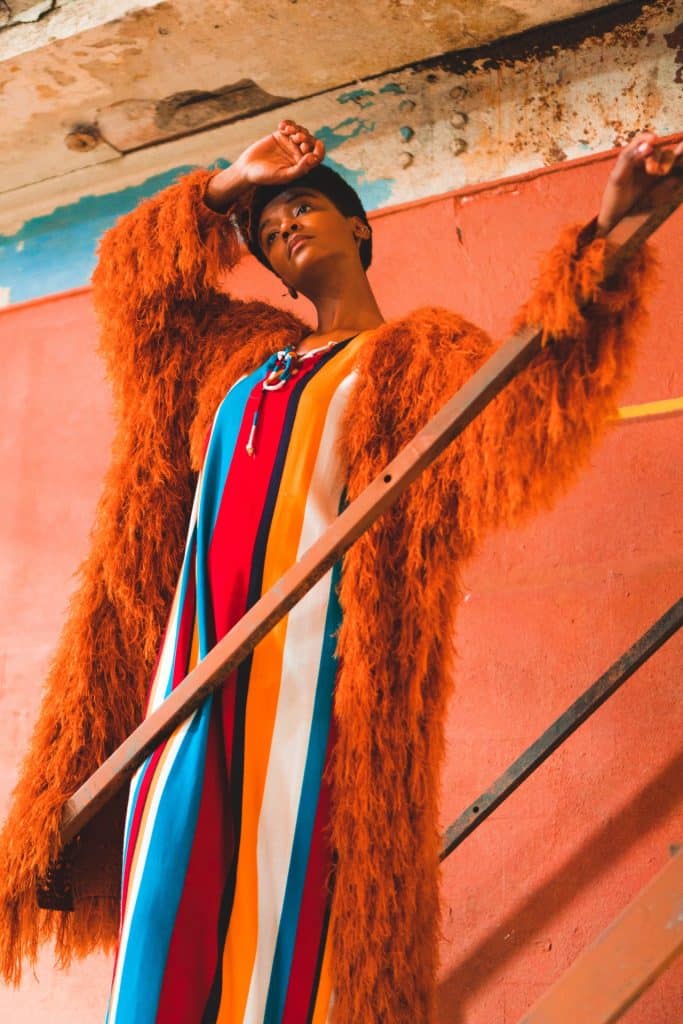
Editorial photography is one of the most popular niches in the industry. In fact, this is one of the types of photography we are most familiar with. Editorial photography is rooted in journalism and fashion. When you look at a magazine or any publication, the images found alongside the text can all be considered as editorial photographs. In this guide, we will give you the knowledge and tools you need to become an editorial photographer and create stunning editorial images for your online portfolio website. Let’s look at what it takes to become an editorial photographer.
What is Editorial Photography?
Editorial photography is images that appear alongside the text in print or online publications. Editorial-style images are created to help tell a story or support the narrative in the text, with a focus on creating a specific mood or tone for the piece. These images often appear in a newspaper or magazine, adding a visual element to the story.
As an editorial photographer, you may find yourself shooting in a variety of different settings and styles, from food to portraiture to events to fashion. For example, an editor may contact you to support a profile of a new restaurant, and you may create editorial images that highlight the interior of the restaurant, the decor, and the dishes on the menu. Or, if there is a story about an outdoor festival, you may take images of the venue, the attendees, and the performers for editorial use.
Though the difference between editorial photography and photojournalism can be a bit unclear, editorial photos are often created to support a story or a text, rather than as a type of journalism. They are viewed as more subjective than photojournalism images, and you are able to compose an editorial image in a more creative way than a photojournalism shot. Most magazines and newspapers have strict rules around composing and post-processing photojournalism images, which often do not apply to editorial style photos.
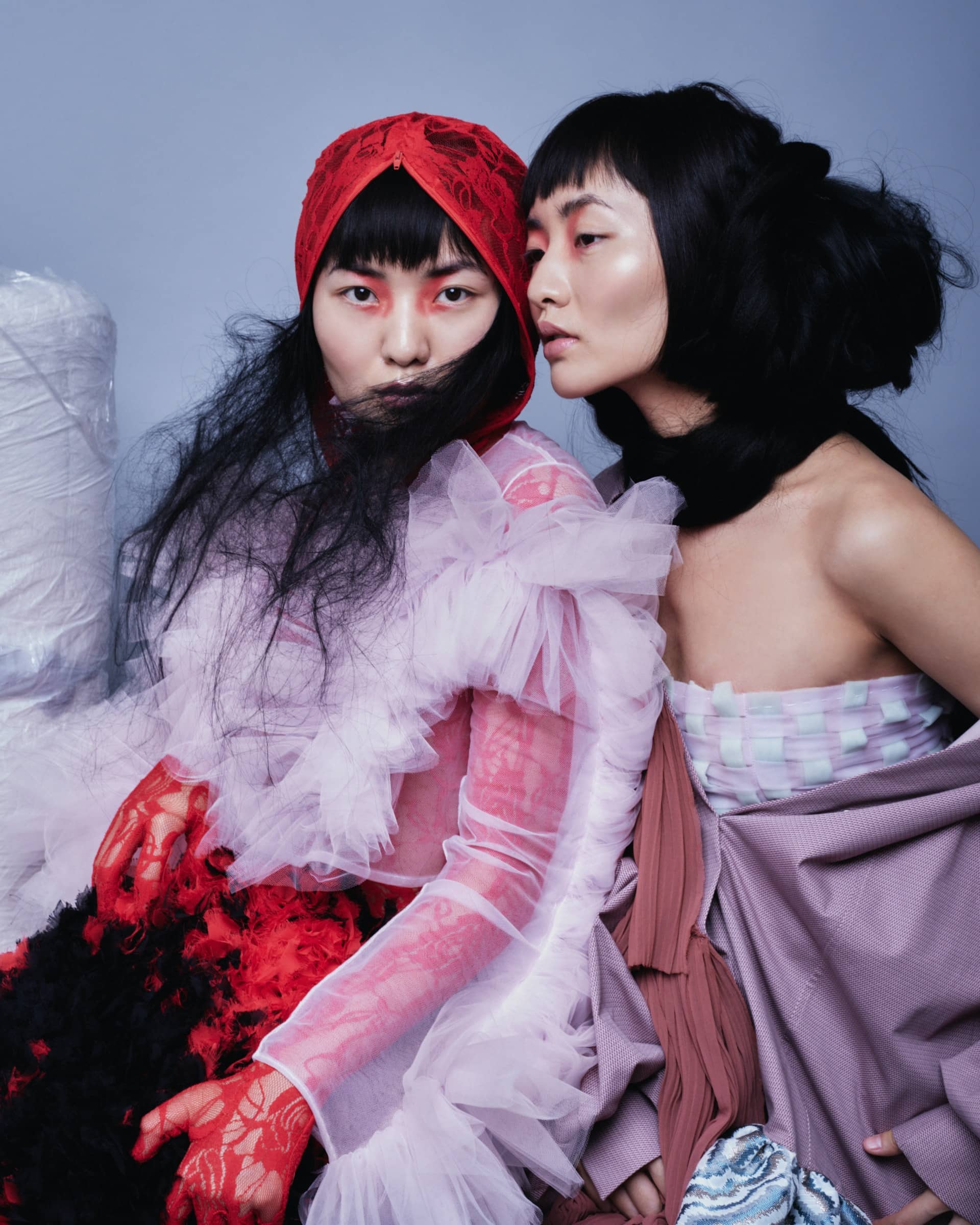
What is Editorial Fashion Photography?
Fashion images are a bit different from typical editorial photographs, as they often stand on their own, accompanied by little to no text. Magazines will showcase fashion editorials as a multi-page spread, where the images convey style, emotion, and personality on their own. Editorial photographers work closely with clothing stylists to create fashion editorials and tell a story using the power of an image, rather than text. As with most editorial work, you often have the creative freedom to present the clothing or models using your own style and taste.
If you love creating fashion images or would like to pursue fashion photography, editorial fashion images are a great way to improve your craft and grow your career.
Ready to get started?
Customize your own editorial photography online portfolio website.
What is the Difference Between Editorial and Commercial Photography?
Commercial photography is created to help an individual or company generate sales for their business. Commercial images are often used in advertisements, business cards, brochures, sales pitches, and websites to help businesses raise their profile, and increase their revenue. In contrast, commercial images are focused on commerce rather than on simply telling a story, and they usually have a more formal style compared to the spontaneous or candid style of editorial images.
When distinguishing between commercial and editorial photography, licensing agreements are also a factor. Say you took photographs of people dancing at a concert. If you get licensing agreements or release forms signed by the people visible in the images, you can then use the images for commercial use. If you do not get legal permission from the subjects in the image through a model release form, the photos are for editorial use only. If editorial images are licensed, they can also be used for stock photography, and are often sold as stock photos to publications or companies via a stock agency.
Many photographers try their hand at editorial and commercial photography, enjoying the different challenges and rewards of both. Being able to create both types of photography can also boost your online portfolio and demonstrate your diverse skill set as a shooter.
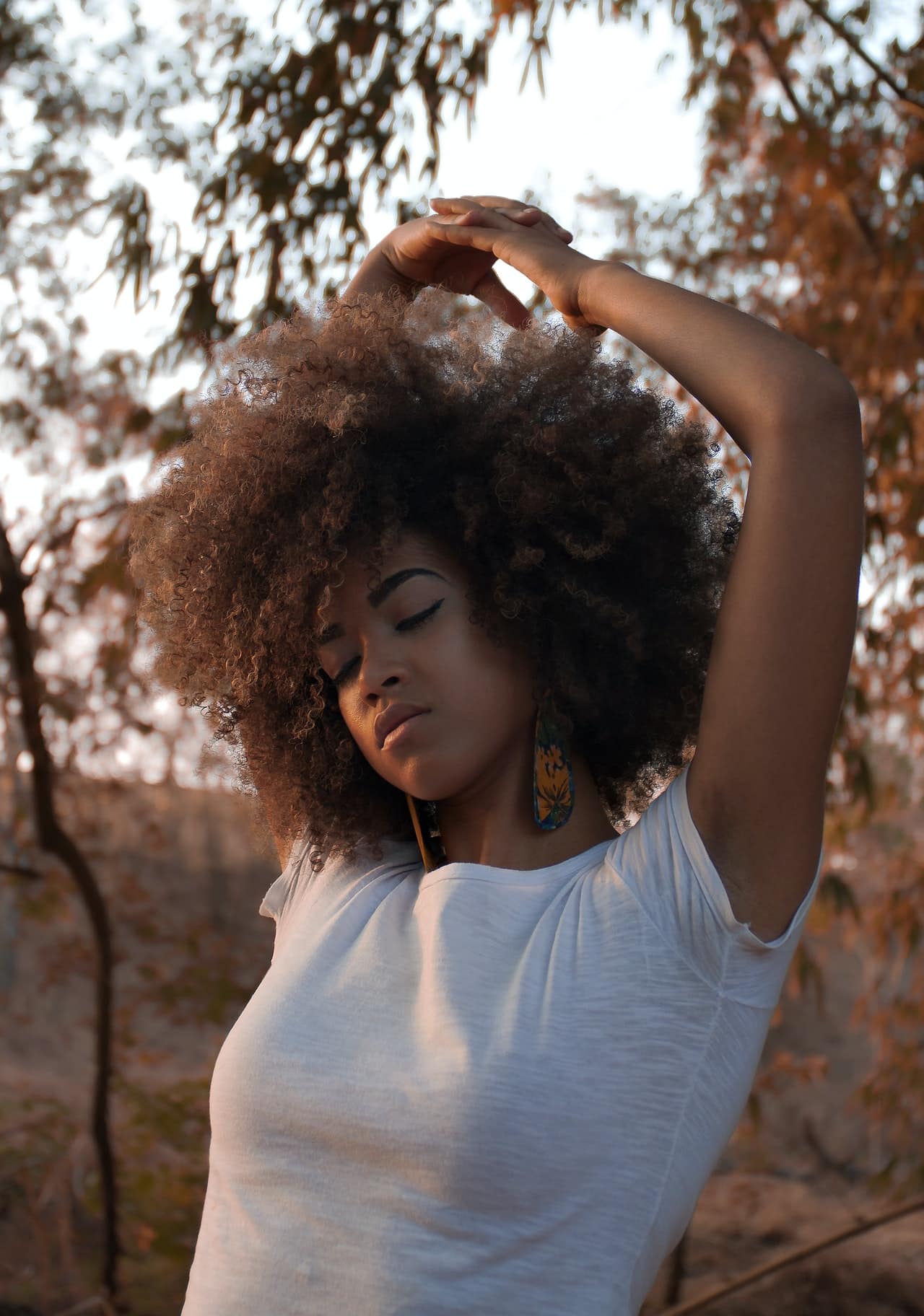
How Do I Shoot Editorial Photography?
Diving into the world of editorial photography requires practice, patience, and a lot of creativity. As a competitive field, many photographers toil long and hard to make a name for themselves, accumulating a lot of experience and knowledge along the way. Let’s look go at several best practices for shooting editorial, including:
Use the Best Camera and Lens for Editorial Photography
Shooting photos for editorial use requires a basic but efficient gear set up, including a camera, a lens, and a tripod. Go for a full frame DSLR camera so you get a solid depth of field and can use different lenses on the camera body. Most major photography companies like Nikon and Canon have full frame DSLR cameras that range from $2,000-$3,500, an investment that will certainly pay off after a few editorial jobs. For editorial photography, a 75mm f/1.8 or 45mm f/1.8 prime lens is a great option, as they are adaptable to most settings and are a great all around option.
Have a Simple, Portable Gear Package
As an editorial photographer, you are often thrown into different situations or settings that require you to be adaptable and quick on your feet. Keep your gear set up simple and portable so you can be reactive when on an assignment or job and are able to capture stunning, candid images. Invest in basic lighting equipment that you can carry with you easily from gig to gig, including a light meter so your shots are well lit and professional.
You may also want to invest in a remote trigger for your camera so you do not need to touch it when you shoot. Depending on the shoot, you may end up using a low shutter speed to capture detail and light for an image. If you accidentally touch the camera at this setting, it can cause the image to shake and create blur or other imperfections. You can avoid this issue by investing in a remote trigger for your camera so you can have a touch-free set up for the shoot.
Follow the Creative Brief
When you get an editorial assignment, the editor of the publication will provide a creative brief for you to follow. The brief will outline the focus of the story as well as what the editor would like from you for editorial photography. Most creative briefs are specific but also open enough to give you some creative license to capture editorial photography that aligns with your style and perspective.
Though you may want to shoot in a particular location or with a particular style, your client may not be impressed if you follow your creativity completely and neglect to meet the needs stated in the brief. Make sure you fulfill the creative brief completely so your client is happy and they get what they’re paying for. This will demonstrate you are professional and can come up with the editorial images required for the story.
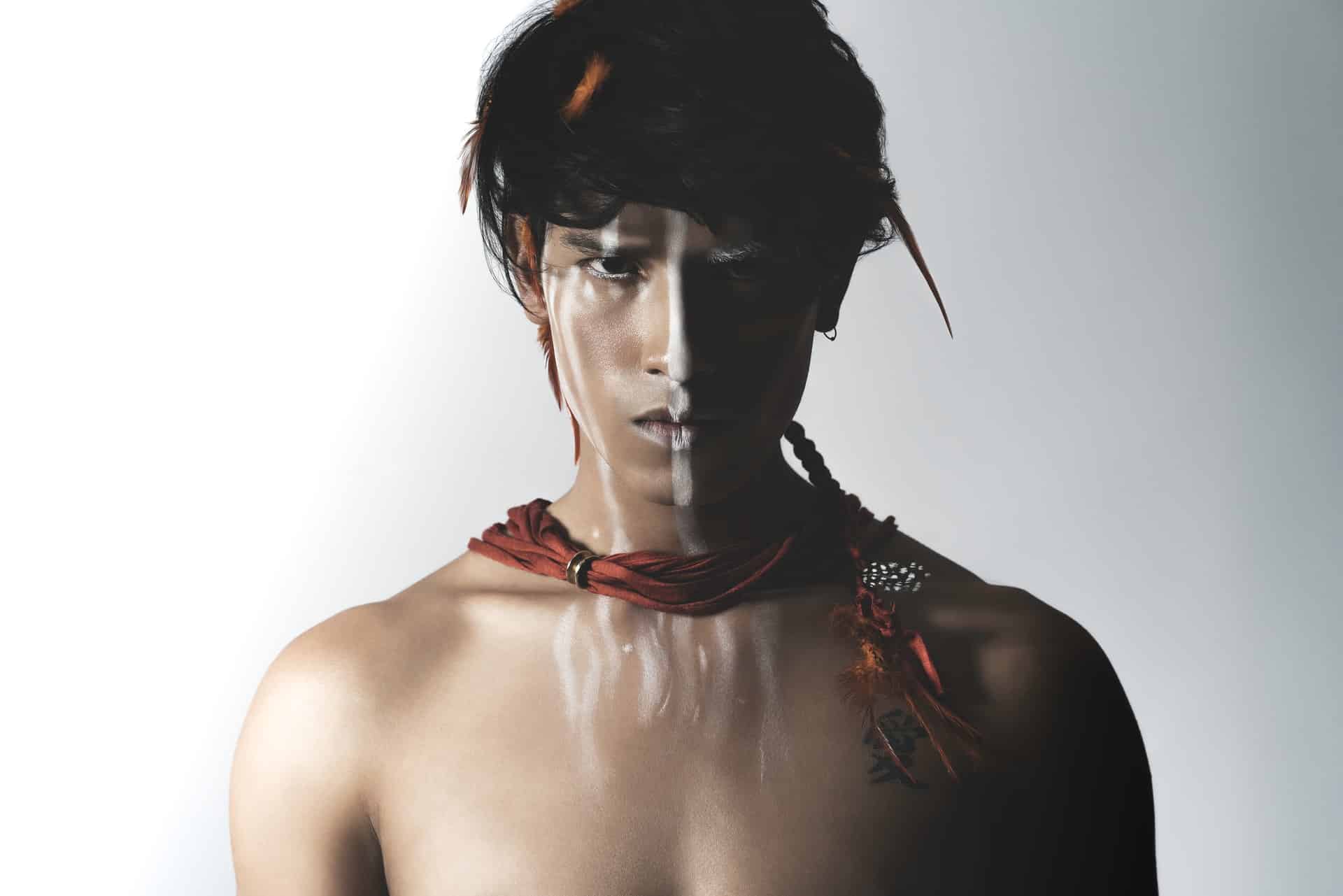
Create Unique Story Concepts
Though it is important that you always follow and fulfill the creative brief, most clients will be looking to you to come up with a compelling story concept for the assignment. Your editorial photography should help to tell a story, after all, as you will need to create story concepts that are unique and consistent to demonstrate to clients you are worth hiring again.
Think about the series of images you will capture to help tell the story, as well as how you can represent a subject or setting in an interesting way. Spend some time getting to know the vision and detail in the story the images will be used for so you can create a concept that will support the story. Clients are often looking for editorial photography that has a strong perspective and tells a compelling story in a creative way.
Be Punctual and Adaptable For Shoots
As an editorial photographer, you will likely be juggling several assignments or projects at once. Aim to meet your deadlines and show up on time to demonstrate you are a professional and to make a good impression on your clients. Most clients hire you to deliver editorial photographs on time and on budget, so missing a deadline isn’t really an option.
During a photoshoot, you will likely need to adapt to your surroundings and position yourself so you can capture stunning editorial shots. Try to be accepting of any challenges or potential obstacles, and problem solve at the moment to get the images you need and want.
Post Process your Editorial Photographs
Never hand raw photography files over to a client at the end of a shoot, and feel like you’re done. Clients will be looking for well-composed, properly processed images for their publications, and won’t be impressed if you do not do any editing or tweaking of the raw image.
Use a photo editing software like Adobe Photoshop or Lightroom to ensure the photos look their best and showcase your unique perspective as a shooter. There are also many free editing software available for photography that you can use to ensure the final images impress your clients.
How Much Do Editorial Photographers Make?
When considering the pay rates for editorial photographers, it’s important to remember that many editorial shooters work as freelancers or contractors, getting paid job to job. This means your income as an editorial photographer will often depend on the budget of the clients you are working for as well as the type of editorial photos you are hired to create.
The average editorial photographer salary is around $47,000 USD according to PayScale, but you may earn more or less depending on the jobs or contracts you land.
With the rise of social media images and the tenuous budgets of many publications, photographers may find the editorial field fairly competitive and will have to hustle to earn a decent amount of money.
A major magazine like Vanity Fair or Dazed and Confused may pay you $500-$1500 CAD to shoot a series of editorial photos, which isn’t a lot when you break it down by image or by the time it may take you to capture them. Smaller publications or newspapers may pay you less for a series of editorial images, though you may be more interested in the content you get to shoot than the money.
Many editorial photographers will supplement their editorial jobs with the odd commercial project to stay afloat financially and to ensure they are able to maintain a diverse skill set as a shooter. Editorial photographers may also decide to acquire the usage rights to their images so they can then sell them as stock photos.
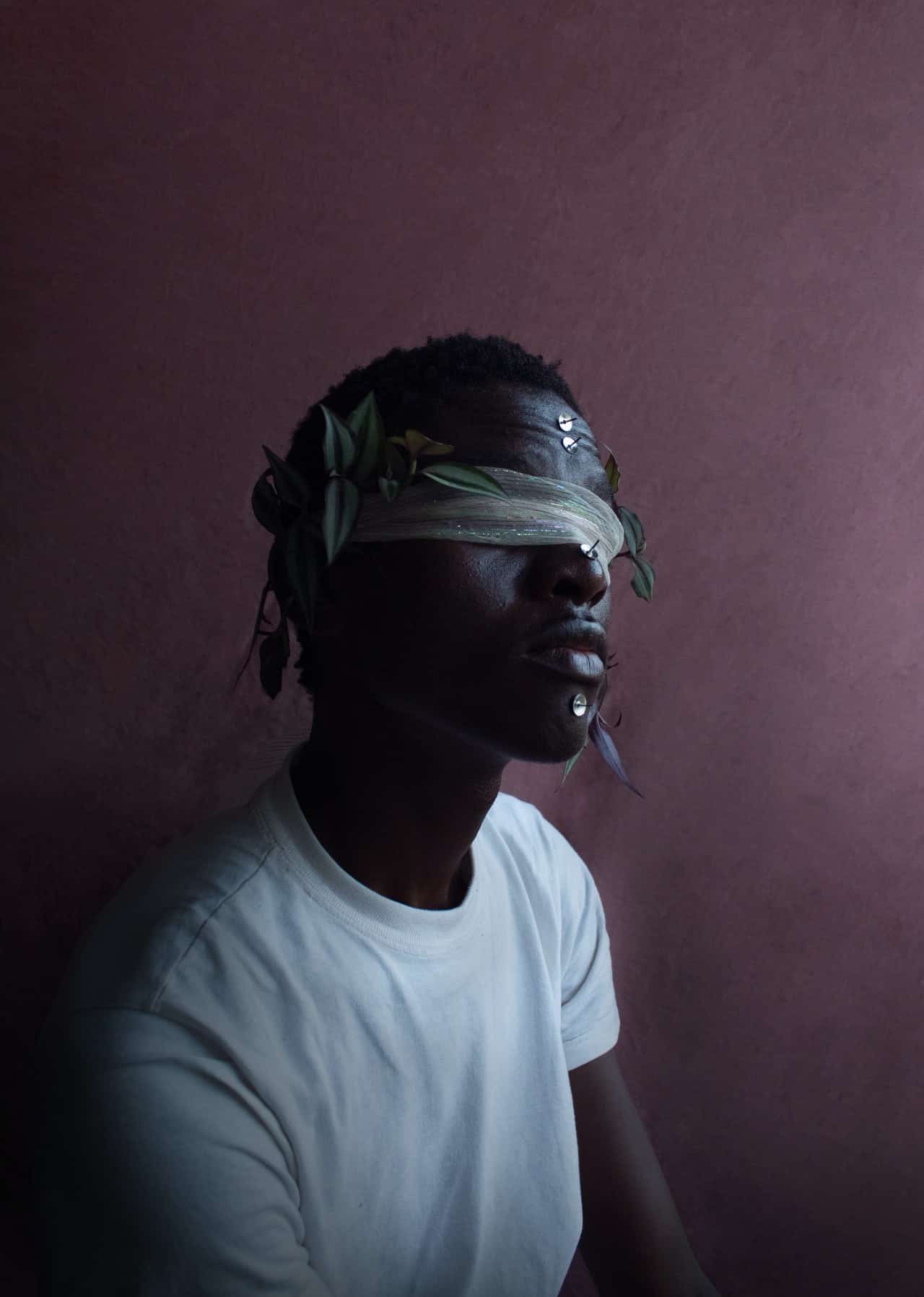
How Do I Get Editorial Photography Work?
Now that we’ve answered the question, what is editorial photography, it’s time for you to try your hand at working in this field. To help jump start your editorial photography career, make sure you have a stunning online editorial photography portfolio that showcases your best editorial images.
Web builders like Format have a variety of website templates that you can access to create an impressive editorial portfolio. These website templates are highly customizable so you can easily highlight your greatest shots. Be sure to tap into add-ons from these website builders to further customize your online portfolio. For example, website templates from Format allow you to include a blog and online store, plus client proofing to your website.
Once you’ve created a stunning online photography portfolio, you can send it out to magazines, news outlets, and advertising agencies to drum up possible editorial work, such as fashion photography or locations based photography, and build your network in this exciting field. With an incredible online photography portfolio, the right gear set up, and the right approach, you’ll be in a great position to launch your career as an editorial photographer.